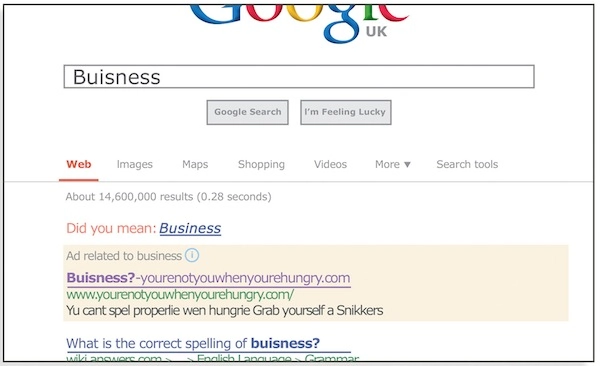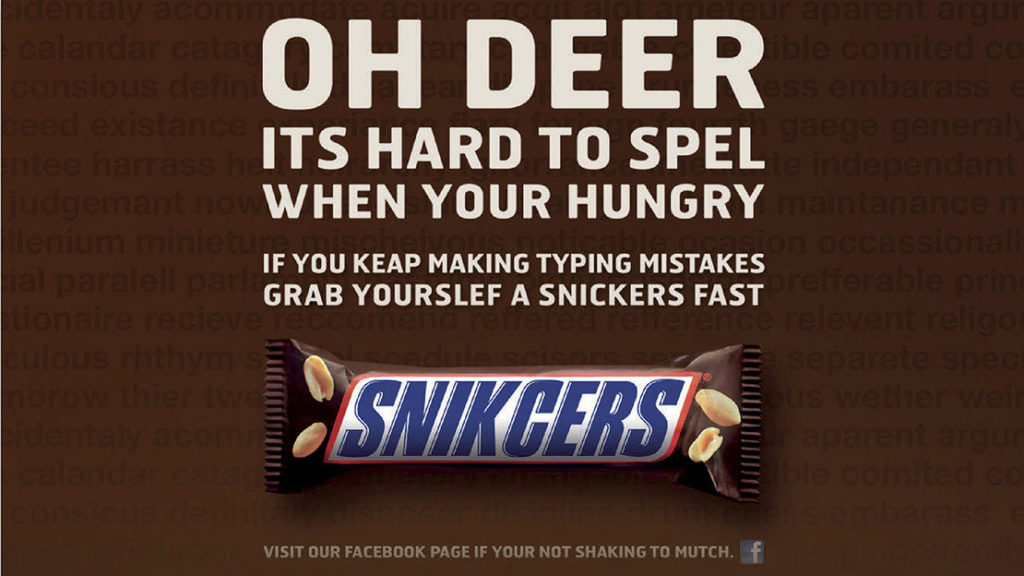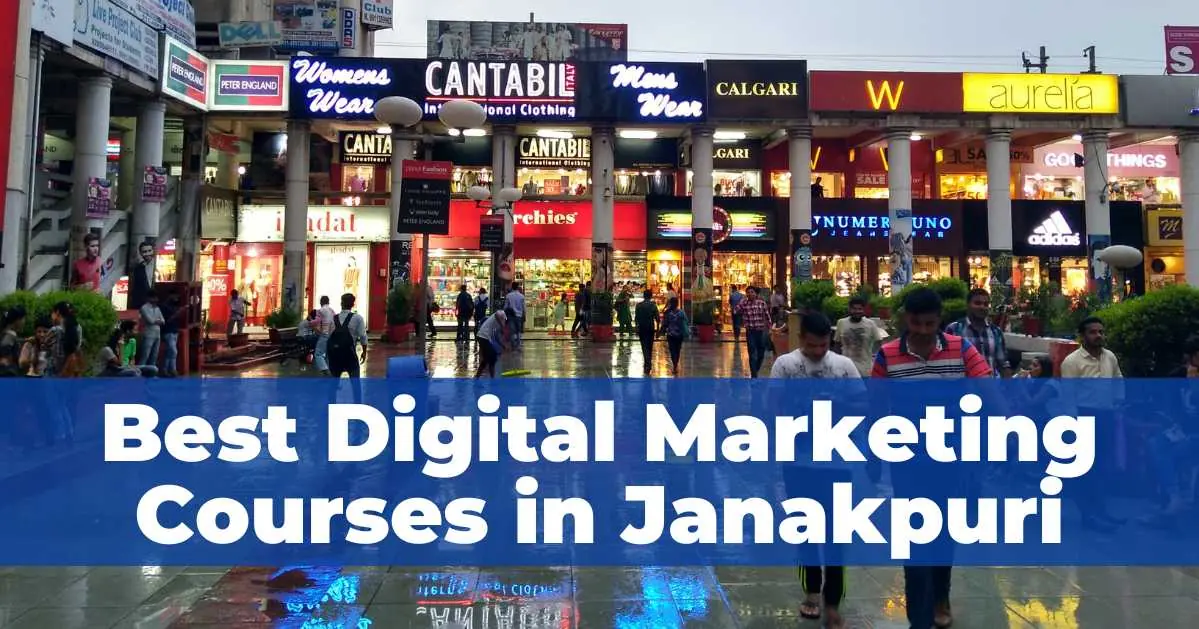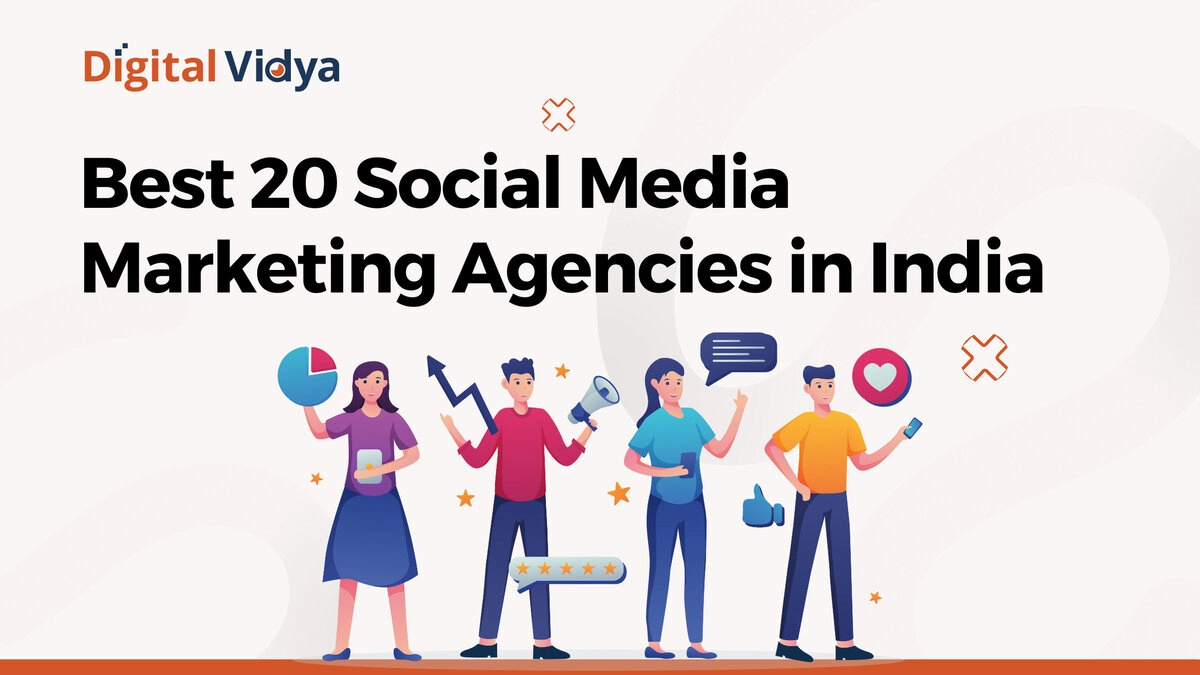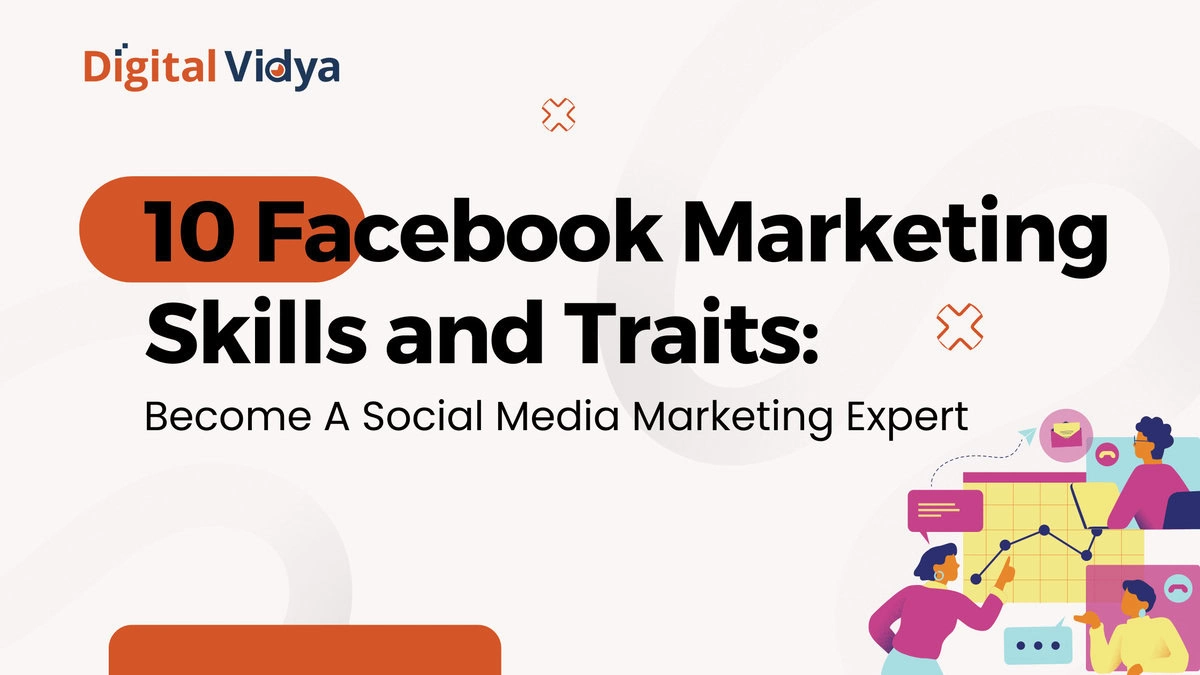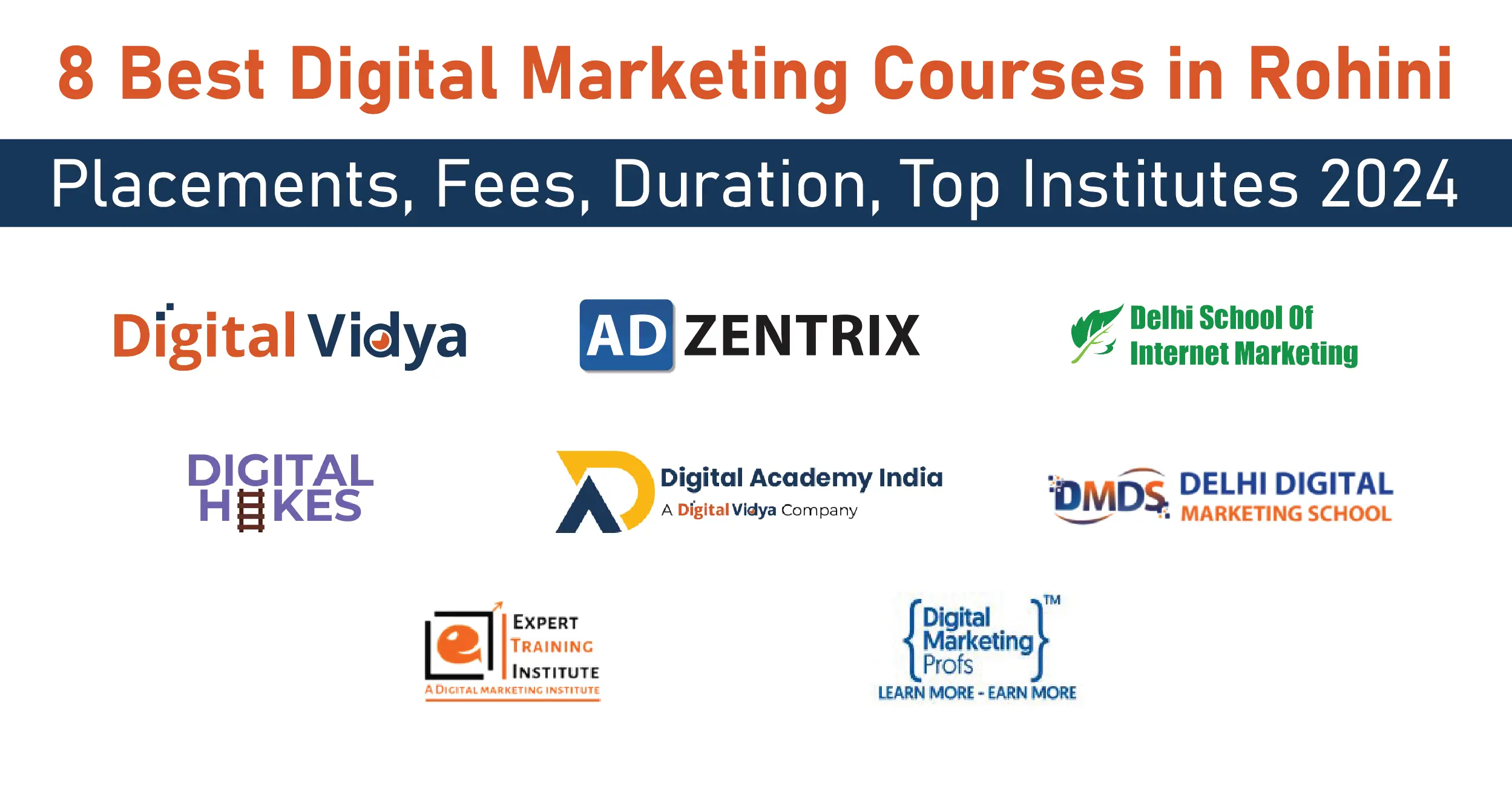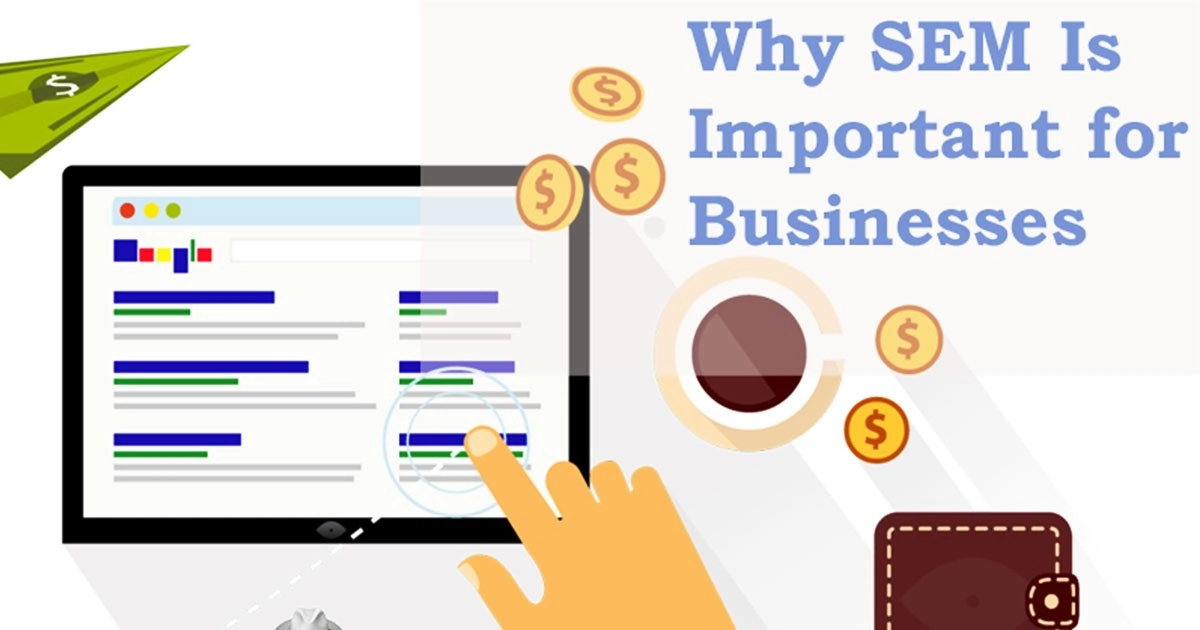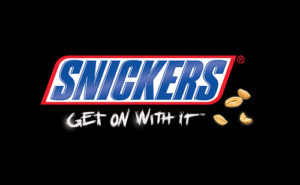
Business Objectives
The company objective was to make people think about Snickers. The solution was to hit one of the most primitive and the most powerful requirement of mankind, that is ‘hunger’. So the company decided to tap between-the-meals hunger people feel. The market included everyone above the age of 13. The following situations in their various campaigns very aptly convey the message:
•Situations when people feel irritable and bad tempered, and hunger aggravates that uncomfortable feeling.
•Snickers brand was positioned as a one stop solution to hunger. Thus, any time one feels hunger, grab a Snickers instantly.
•To build a perception wherein Snickers has to own those “You’re not you when you’re hungry” moments. The Facebook fan page very cleverly focuses on that by placing the Snickers bar next to everyday such as a work station, a book shelf.
Strategy adopted
Strategy of targeting misspelled keywords has long been used in both pay-per-click marketing and search engine optimization in order to capture traffic that might not be captured using the right keywords. Apparently, It is very cheaper than using correctly spelled term and it is also easier to rank for the term. However, Snickers has taken this strategy to a whole new level by not only targeting misspelled keywords, but also using their ad copy to play on the fact that the person misspelled what he/she was searching for.
For “You are Not You When You’re Hungry” campaign, AMV BBDO ad agency in London worked with Google to obtain a list of the top 500 most commonly misspelled words. Then, using an algorithm, they spun through common misspellings of those words until a list of 25,381 different misspellings were generated
Jessica Langdell from AMV BBDO reveals the list of incorrect spellings that brought major amount of traffic for this Snickers campaign.
[wether]
[gool]
[ness]
[amazin]
[definately]
[wierd]
[vacum]
[moonsoon]
[publically]
[facw]
It’s an interesting feature of targeting misspelling words using AdWords because they are not simply targeting misspellings rather the correct spelling is their target market. They are playing upon the fact that the person did misspell any word with the suggestion that a Snickers can help. The ad agency had to work with Google to get this campaign approved, as Google AdWords takes into account misspellings when showing ads, and it is actually against the AdWords terms to deliberately misspell words in an AdWords ad.
In fact, a year ago, Google started showing AdWords ads for the misspelled words when users searched for a specific keyword Google believed was just a misspelling. However, the majority of the misspellings from AMV BBDO did not tend to be highly competitive keywords where that would become an issue for Snickers campaign.
Results achieved
How much successful it went? In only two days, Snickers surprisingly got 558,589 ad impressions on those advertisements. The campaign ran successfully in the United Kingdom for three days and then company felt there is great potential to expand this type of campaign on a larger scale. Click-through-rate was an impressive 1.05 percent, bringing in 5,874 visitors to their specially branded website. While CTR is almost completely indicates about how well an AdWords campaign performs, it is worth noting that this Adwords campaign was launched for ad impression and taking the brand to stand out out in a unique way, rather than obtaining an end goal of people actually clicking the ad.
“The overall CTR was 1.05 percent, which is significantly above what I would have expected for a campaign such as this,” reported Lucy Mitchell of Mediocom. “I would have anticipated a CTR of less than 0.1 percent. This shows that users that did misspell certain words were likely to interact with the Snickers ad/brand.”
Learnings
What’s great about this type of campaign is that with a little imagination any brand can turn misspellings which is a common error in search, to their advantage. This is a cheaper technique and any one can rank its site higher easily. It can be used both in search engine marketing and search engine optimization. That is pretty creative and effective use of search.
Image credits: Snickers.com

